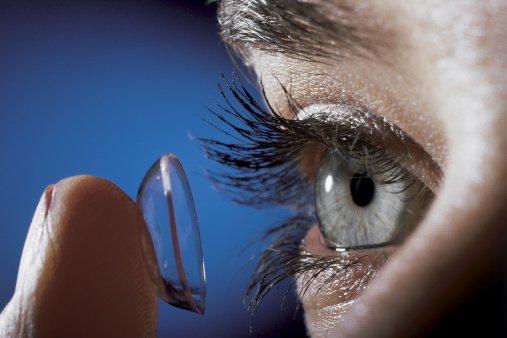
Colored contacts could add to your style
If you’re looking to create a subtle, bold or anywhere in between look, getting colored contact lenses might be the way to go. Prescription color contacts can correct your myopia, hyperopia or astigmatism while enhancing or completely changing your eye color. Plano color contacts are worn purely for cosmetic purposes and have no lens power … Read more

